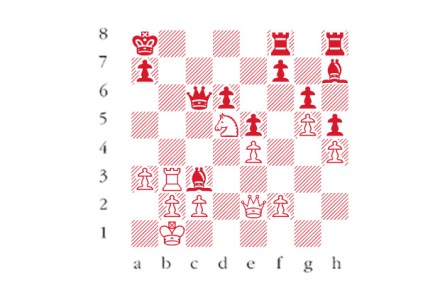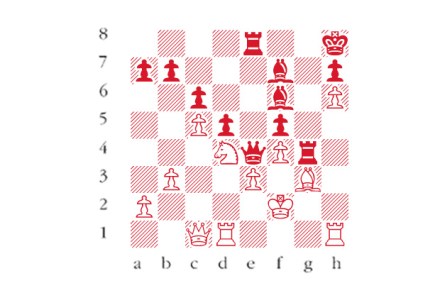No. 304
White to play. This position is from Robbins-Smith, Varsity Match 1972. The black king has been drawn out into the open. What is the quickest way for White to finish off? Answers to me at The Spectator by Tuesday 11 March or via email to victoria@spectator.co.uk or by fax on 020 7681 3773. The winner





















